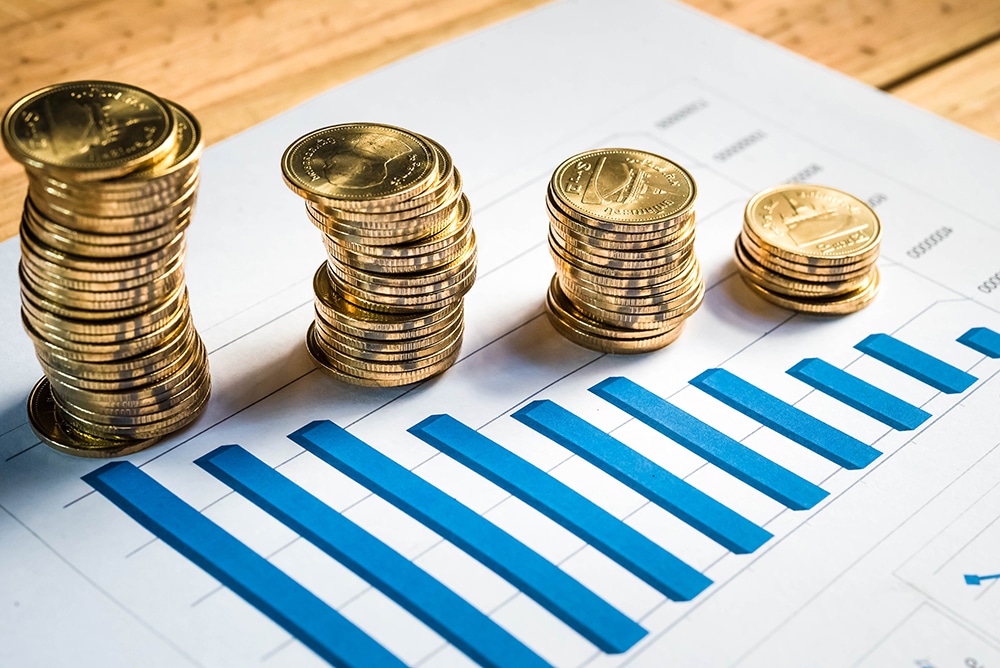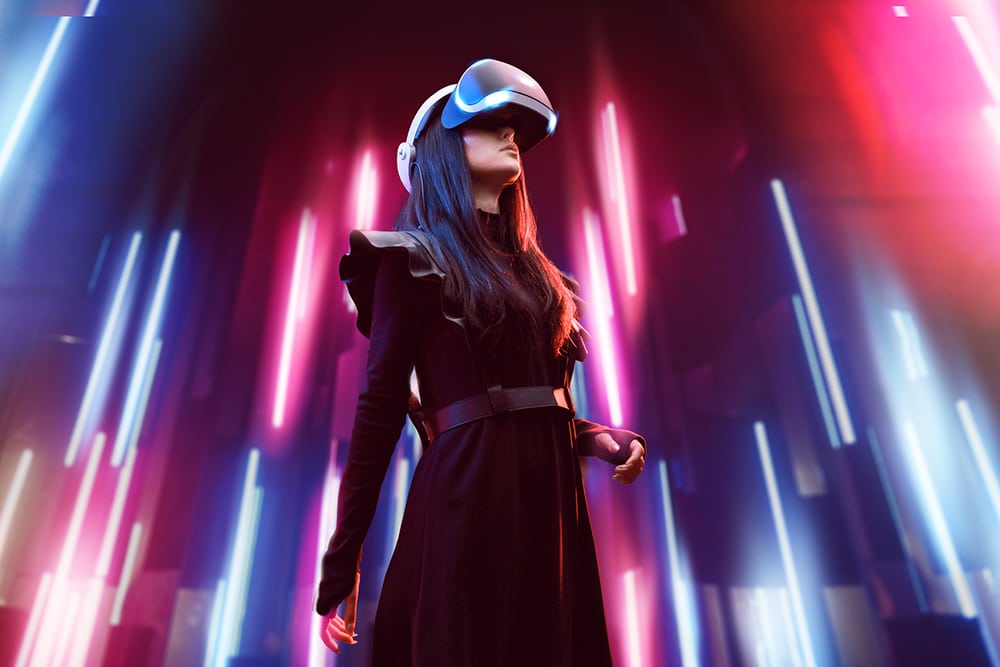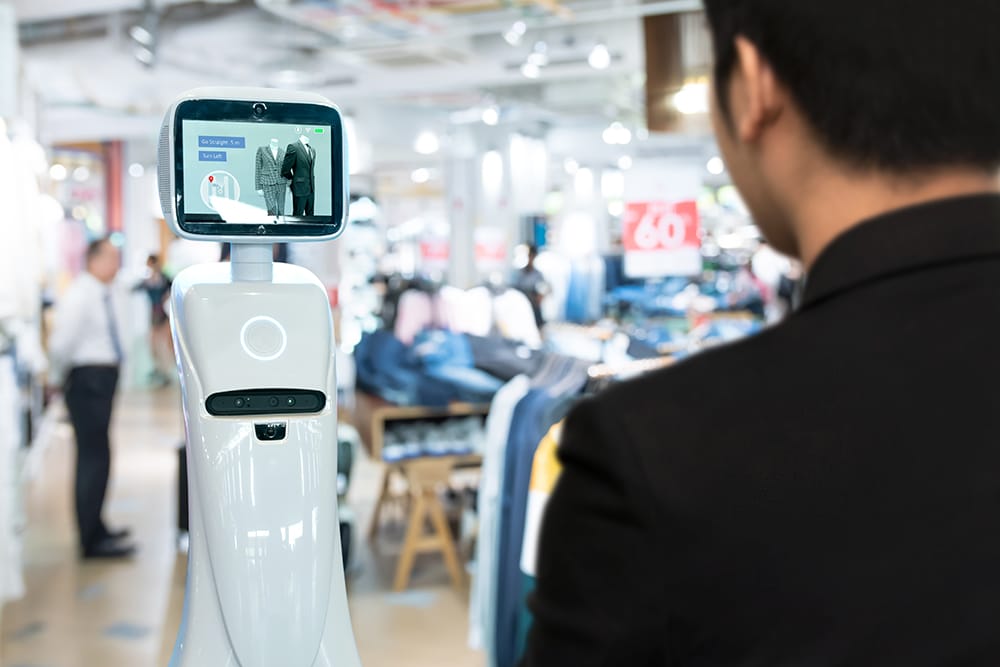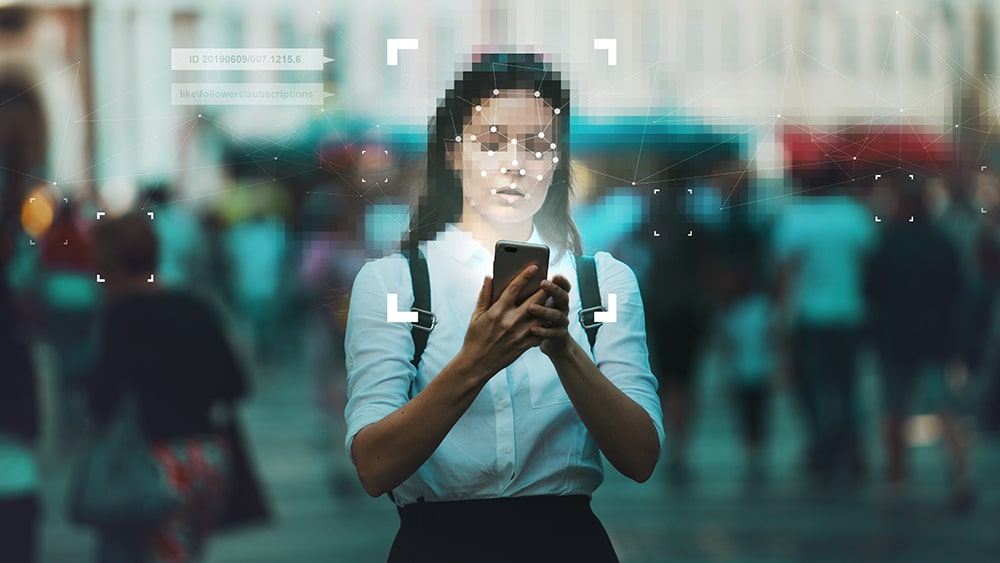Trend-watching – 2020 and ahead

Part one
As 2019 draws to a close, we look ahead to 2020 – the future, quite literally, but also metaphorically as a new decade is almost upon us. 2020 certainly sounds like a date straight out of a sci-fi storyline. So, what exciting industry trends lay ahead for us marketers?
At LAW we are always at the forefront of marketing – it is hard to survive if you aren’t! We have anticipated ‘future-trends’ accurately and explored ways to leverage new technologies for our clients’ success. Having already begun to experience the effect of recent digital trends such as voice-activated technology, connected and immersive digital spaces, augmented reality, automation and the prediction of needs via an ever-more intelligent Internet of Things, we were keen to investigate further, ahead of the next decade.
Last month I attended a trend-watching seminar at the Barbican, London to hear guest-speakers discuss the 10 most significant trends for 2020. The session collated insights from companies such as Google, Unilever, Spotify and Disney and integrated these with those of a global network of ‘trend-spotters’ spanning 55+ countries. I was certainly eager to hear what such experts believed lay ahead, and whether they aligned with what our own team of 50+ experts, working with global clients daily, is beginning to witness.
Perhaps one of the biggest sound bites was that 63% of the respondents state that change will happen faster in the next 10 years than the previous decade. So, let’s make sure we are all ready for 2020 and beyond and look at those 10 trends discussed at the seminar. We’ll cover the first five trends here, and the following five in our next blog.

Trend 1: Brand coins
The trend: In 2020 brands will become bankers in their own currencies and offer consumers new ways to earn, store and trade value.
What does this mean? Essentially brands will be releasing their own versions of Bitcoin. Facebook plans to launch a new global cryptocurrency called Libra, Jaguar Land Rover will offer drivers the opportunity to earn brand coins by sharing connected data and in one exciting case study ‘Green Coins’ will be rewarded via an app for users who travel in the city in sustainable ways.
Our opinion
It is a given that brands will leverage such technology to drive customer preference and build loyalty, but there should always be a consumer or greater benefit when doing so. ‘Tap’ is a great example of this, where a loyalty programme is so ‘liquid’ it practically becomes currency. Tap is a new coin for the experience economy, which in itself is a sharply growing trend. When consumers spend at a destination in the network they earn up to 10% of their spend back in Tap Coins. They can then spend those coins anywhere else in the network. However, this network is huge, comprising some 200,000 hotels and 50,000 restaurants worldwide, so there is clearly a major benefit in using Tap coin versus regular currency. Meanwhile, UK-based automaker Jaguar Land Rover is looking at software that rewards drivers with cryptocurrency when they share useful data. Users that report information on road conditions to navigation providers and take part in ride-sharing schemes will be rewarded with brand coins that can be used to pay for parking, coffee or charging electric vehicles.
When there is reward and relevance to a brand coin, we believe this might be the beginning of a disruption not just to currency but to value itself – how it is earned, stored, traded and viewed by consumers – and offers a huge opportunity for brands at the forefront to benefit.

Trend 2: Brand connection
The trend: In 2020 more brands will personify, chat with consumers and come to life in the real world.
What does this mean? This trend has started and is on the cusp of mainstream disruption. Brands are developing avatars that blend from an online space into real-life dimensions, becoming influencers as well as ambassadors and engaging with customers via dialogue on many different platforms, causing channel diffusion and countless interaction opportunities. Take Calvin Klein’s development of Instagram’s fictional model Lil Miquela. This fictitious character already has thousands of followers and actually gets paid to model clothes, as well as attending VIP events such as Coachella and the Emmys! Calvin Klein then decided to bring Lil Miquela to full-life so that she could ‘make-out’ with US model Bella Hadid. And then there’s the animated version of the Wendy’s burger chain mascot who recently entered the world-dominating game Fortnite to break into the burger-making facility and make a social point about frozen beef to the next generation.
Our opinion
As people spend more time in the digital world the lines blur between online and reality. Online avatars are increasing in popularity in general – think emojis, bitmojis and Apple’s Memojis – so it naturally follows that brands playing the same game will connect with consumers on a deeper level through similar personification. If a virtual model can influence and sell more than a real one, and a brand ambassador can be cooler in the virtual world – think KFC’s virtual influencer hipster colonel – and people connect with AI companions such as Alexa, then we believe that brands who use the right channel and embody their values through bespoke personification will better connect with new audiences and secure the next stage of a successful future.

Trend 3: Relevance
The trend: The basic need to get things from the real world that are tailored to you, a perfect fit, personalised.
What does this mean? Over the last two decades we have seen an ever-growing trend in relevant online communication through data-driven personalisation. Customisation of content, personalisation of comms, templates fulfilled via segmented messaging. But now we are seeing this movement tip into the real-world too. A good example of this can be found in the vitamins and nutrition industry, where the multi-vitamin landscape is complex, large and often confusing, with people succumbing to a ‘one size fits all solution’ and remaining with the same plan for years, even though their nutritional needs are in fact ever-changing, often daily. Cue Baze, a Boston-based lifestyle brand that launched a vitamin starter kit comprising a daily-mix of vitamins chosen based on the nutritional needs of any given individual, at any given time. The company uses a self-sampled blood test from each customer and tailors each kit accordingly, providing a subscription service when they opt in. You can see that in this case the tailoring of relevance far surpasses messaging and enters real-world benefits.
Our opinion
Being relevant has always, and will always, be critical to business success. Marketing is no different. For this reason, although seemingly a little odd as a ‘new’ marketing trend, this is pretty exciting as a wider business trend. Take another example, the beauty industry, specifically make-up. In June, beauty company Shiseido launched ‘Optune’, an app-based personalised subscription service for its customers in Japan. Users capture a daily selfie that is linked to data on sleep patterns, menstrual cycles and the environment. Together this data provides a ‘skin diagnosis’ that directs the ‘Optune Zero IoT’ dispenser machine to release cartridges containing bespoke skincare formulas. At LAW we believe such developments are significant because they aren’t simply novel disruptors but will actually begin to change consumer expectations longer term. Such services and others like them will drive expectations of subscription services that offer convenience AND relevance which constantly adapt with little effort on the consumers’ behalf. If real-life products and services can be tailored to the individual in near real-time, then expectations for messaging and communications already in this sphere will only increase further, so we must stay ahead, and strive for ‘one-to-one’ and ‘many-to-many’ marketing communications, but no longer settle for ‘one-to-many’.

Trend 4: Selective Presence
The trend: 92% of consumers say they’re more likely to trust brands that give them control over what personal data is collected. This trend is all about the basic human need of privacy and the creation of new tools that allow people to opt out of a world that is always watching, or at least offer benefits that makes opting in worthwhile.
What does this mean? People are taking control. Not companies. The ‘big brother is watching’ era is fuelling this further. Shocked by the volume of CCTV cameras used by police, American artist Leo Selvaggio has been conducting experiments, flash-mobs and installations where the public are encouraged to ‘wear’ his face instead of their own via masks featuring his image. This might have been a niche experiment some five years ago when he began, but as 2020 approaches companies need to prove their transparency and how they use people’s personal data to maintain integrity in an increasingly consumer-led society. Launched in June by privacy activist groups Fight for the Future, Demand Progress and Credo, US-based website AirlinePrivacy.com informs passengers which airlines use facial recognition as part of the boarding process. The free-to-use tool offers the user two options: with ‘Stop Them From Using Surveillance’, travellers can tweet the airline asking them to stop using facial recognition, while ‘Book Now Surveillance Free’ option takes users to a list of airlines that don’t use the technology. The more that corporations use our data and identities without permission, the more we push-back and seize greater control of our privacy.
Our opinion
Turn the human right of privacy into an opportunity for all – consumers and businesses alike. 83% of consumers are willing to share data for a personalised experience, if brands and services are transparent about how the data will be used. For us, it comes down to respect. Consider this: The British public spend more than two months over a lifetime queuing for drinks in bars and the biggest complaint for British drinkers is pushing-in at bar queues – in fact, over three quarters of us have walked out of busy bars due to long queues. So, imagine a scenario where an additional 78m pints are poured per year, ordering drinks becomes less intimidating for solo drinkers and age verification automatically speeds up ID checks. The A.I. Bar powered by DataSparQ uses facial recognition to place drinkers in a dynamically intelligent queue and eliminates queue jumping in bars and pubs altogether! Gulp. Who wouldn’t opt into this benefit?
Another break-through example here is that of Polish designer Ewa Nowak’s award-winning face jewellery concept, which successfully tricks Facebook’s DeepFace algorithm. Not only did the artist recognise the opportunity to create a desirable, sellable commodity that overthrows a sensitive topic, but by its very design the jewellery makes the perfect statement of individual rights over an organisation’s ability to track and watch us. On your face, Facebook.
For organisations that understand and respect people’s rights to privacy there is an opportunity to better connect with consumers and build long-term relationships founded on trust and perceived benefit.
Trend 5: Self-expression
The trend: Digital tools allow self-expression and enable users to play with their identity. In 2020, we will embrace services, tools and platforms that help us become who we truly believe we are.
What does this mean? No more ticking boxes. No more ‘normal’. In a genderless, anti-discriminatory digital world, everyone can be who they want to be, as they wish. Recently in Philadelphia The Nonnormative Body Club launched, providing health and fitness guidance for transgender, physically challenged and those who do not tick the regular box of health and beauty aspirations. And perhaps more inspirational still, a restaurant and bar seemingly serviced by robots for an exciting and engaging guest experience has a worthy story to tell: each robot is programmed and directed by disabled people who would otherwise struggle to work and be self-sufficient. A more tangible example is that of beautifying and adapting images of ourselves prior to posting on social media. In China it has become the norm and actually considered poor manners not to beautify your image before posting – likened to not getting dressed before you leave the house. In such extreme examples, which version of us becomes true, and does this depend on whether we spend more of our time online or in the real world?
Our opinion
It seems odd that in 2019 we still need to celebrate difference and signpost it. But perhaps this is the beginning of a future for everyone, with no labels and no discrimination – we can but hope. Master Card’s ‘True Name’ concept demonstrates the need for businesses to tailor their products and services to be fully inclusive. Master Card found that transgender and non-binary people encountered discrimination when buying items with a credit card featuring a name or gender that did not match their outward presentation. 2020 will see the launch of True Name, where people can select whatever name they would like on their credit card. The positive and emotional response to market research exploring this seemingly simple idea is overwhelmingly positive, proving that there is still much work needed to reach such inclusiveness on an industrial scale and bring it into the everyday mainstream, where it is no longer a wonderful surprise for those who seek it, but a daily occurrence no matter who you are.
You only have to look at the many different apps and digital tools available where users adapt their faces, bodies and appearances to reflect either who they truly believe they are inside, or how they would like to present on the surface, to see that self-expression is an in-built behavioural trait in most. To us such trends prove that people are looking for outlets to self-express and conforming to society will not be as linear beyond 2020. This might make it more difficult for brands to segment consumers into generalised groups, but if we integrate this with trend 3, ‘Relevance’, communications should be far more personalised anyway and for companies willing to invest and explore the opportunities to build brand-loyalty should be endless.
From brands’ own currencies to brand personification, to bringing people relevance in real-life and the chance to self-express, we have explored five key trends for the year ahead. Watch this space for part 2 of our Trend-Watch for 2020 summary, where we look at Climate in Crisis, changes in living arrangements, inequality, urbanisation and the wellness economy.
To find out more about marketing in 2020 and beyond, or to discuss how your business could benefit by working with a future-facing integrated agency, contact josh.kichenside@lawcreative.co.uk.
